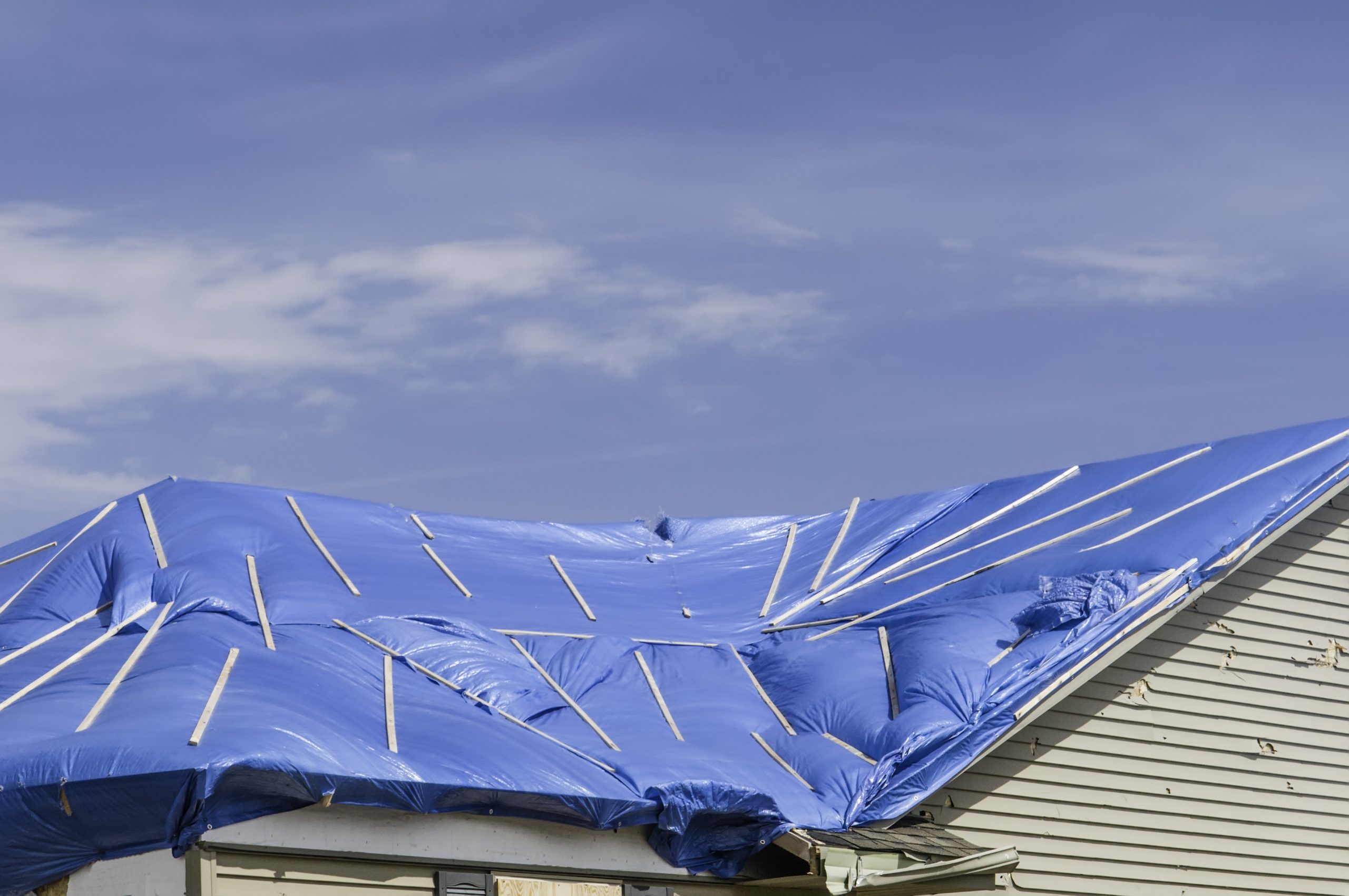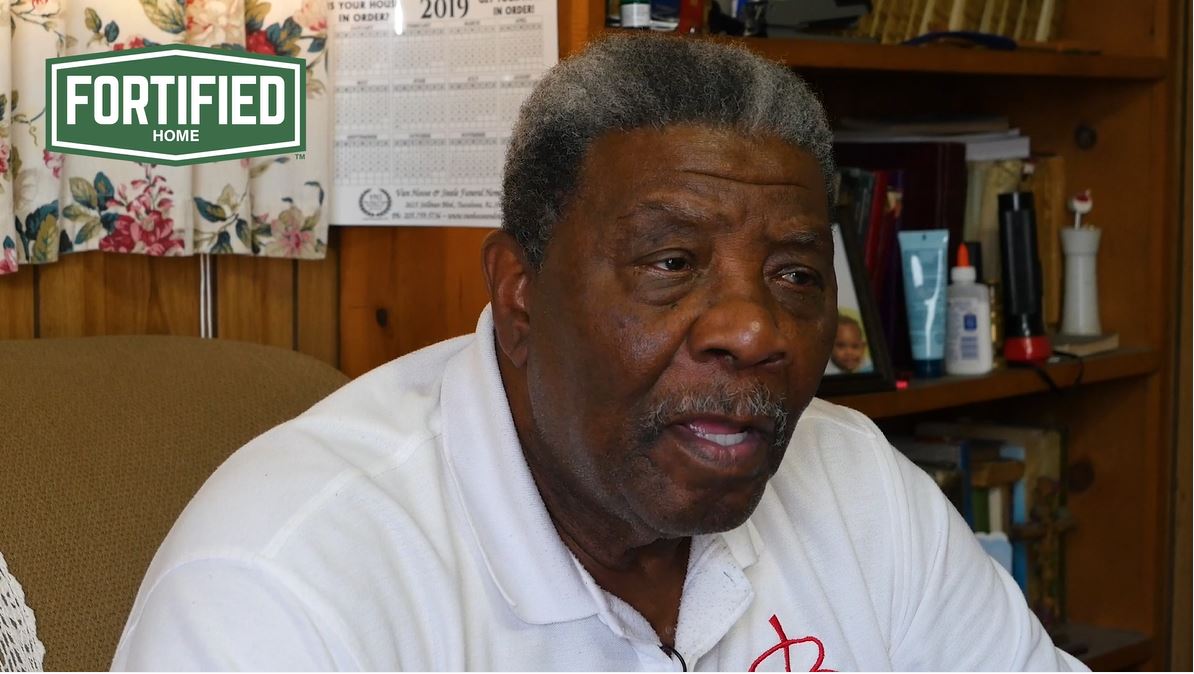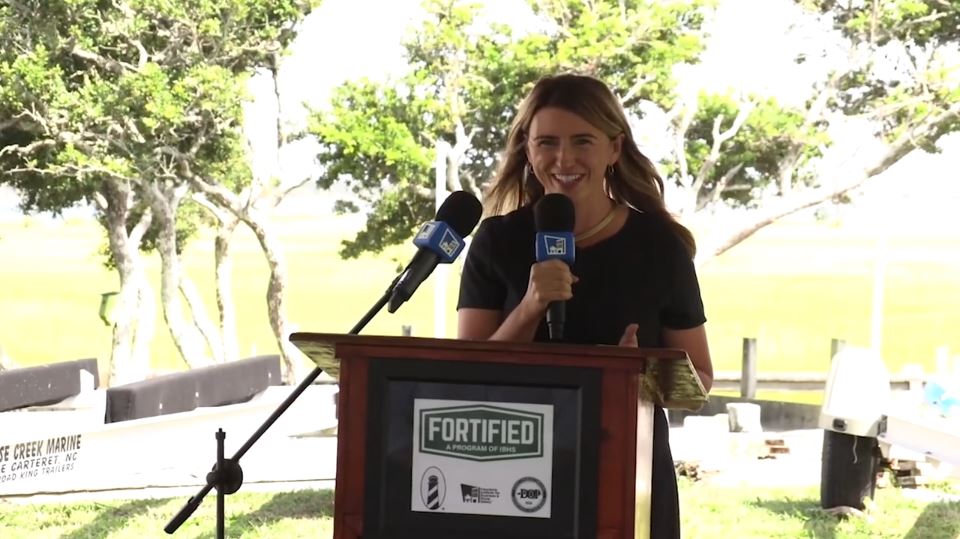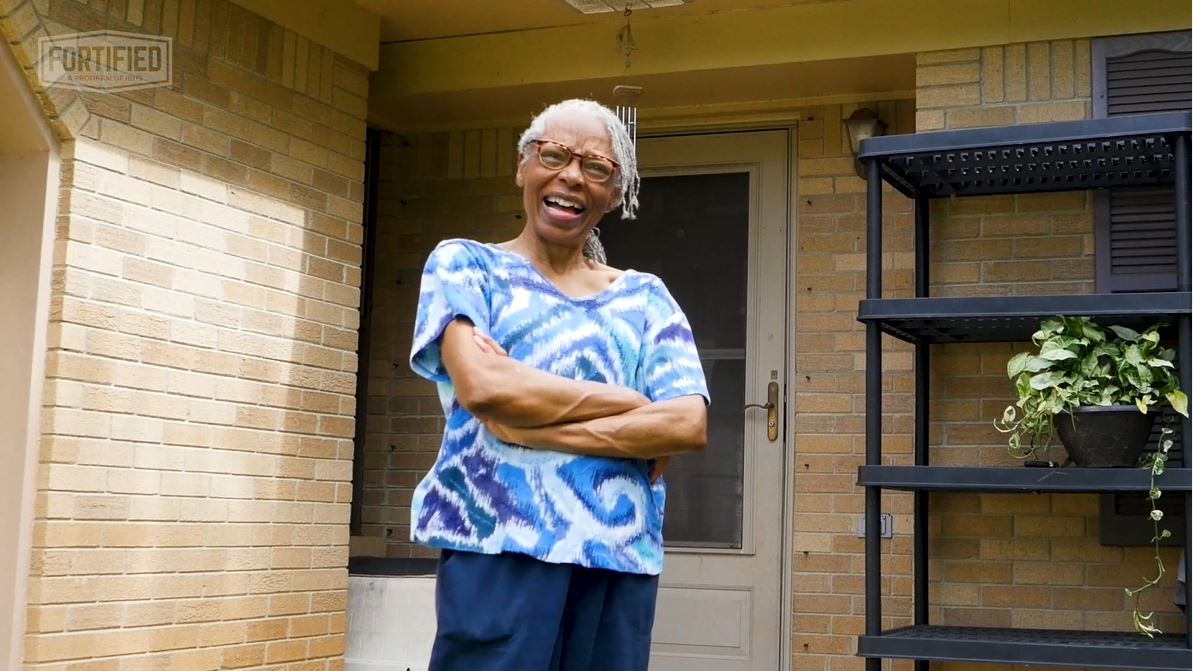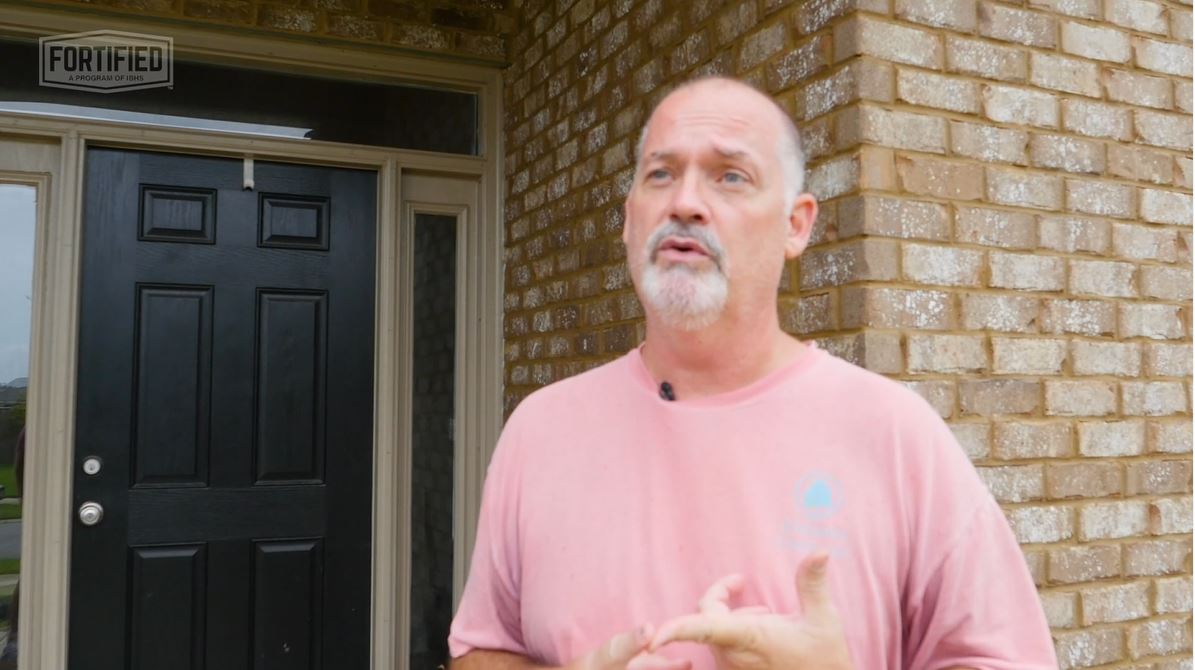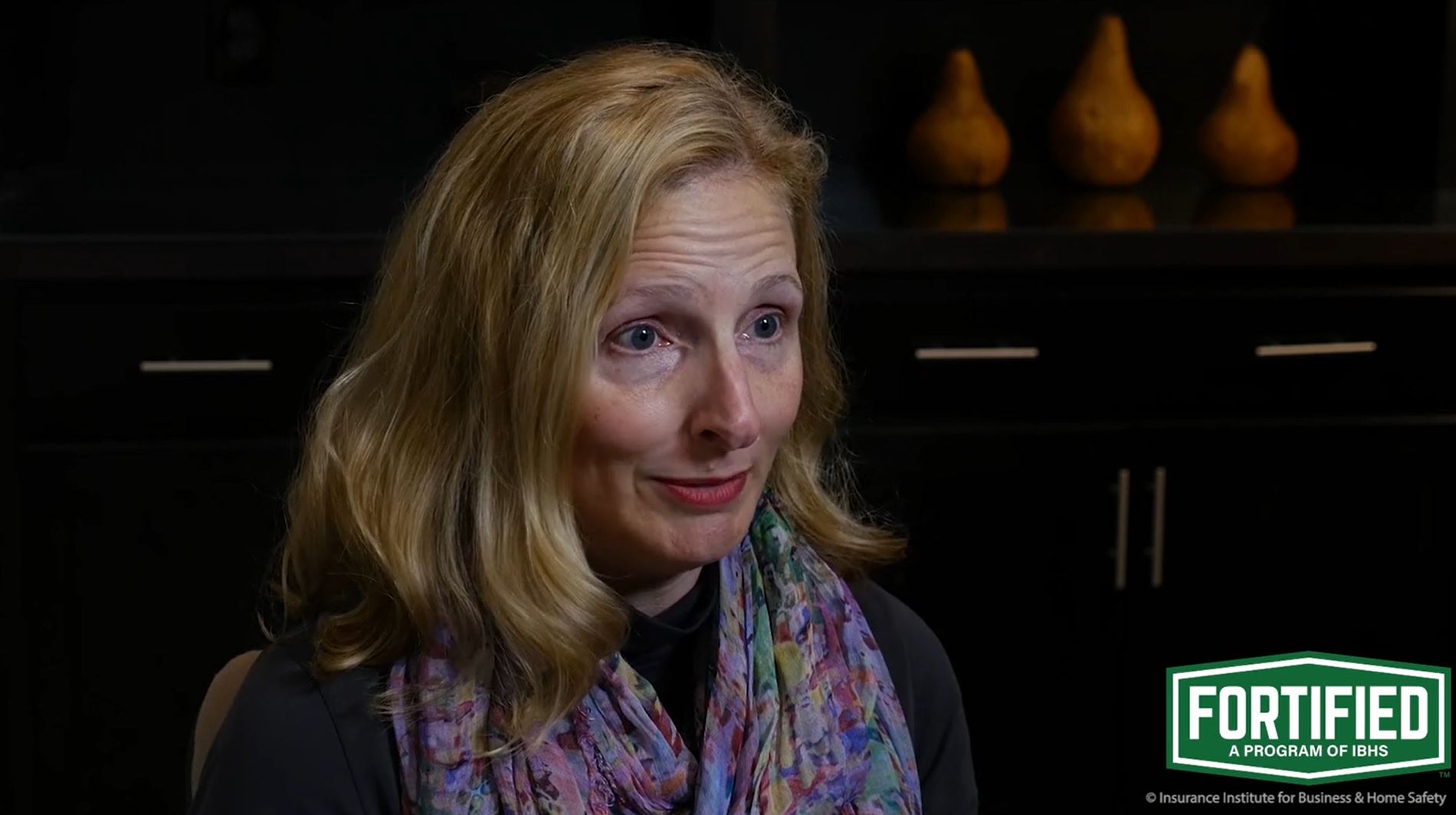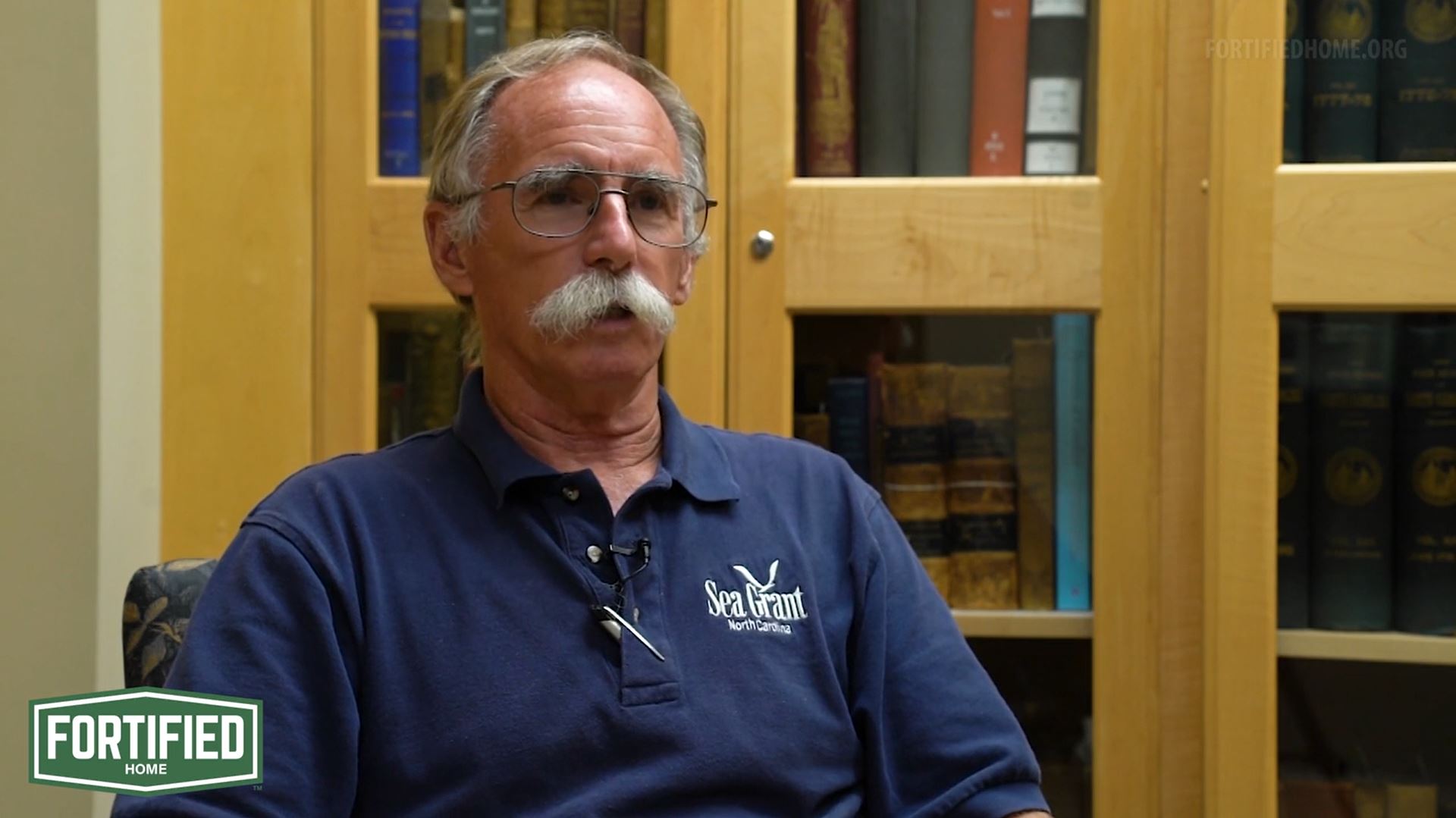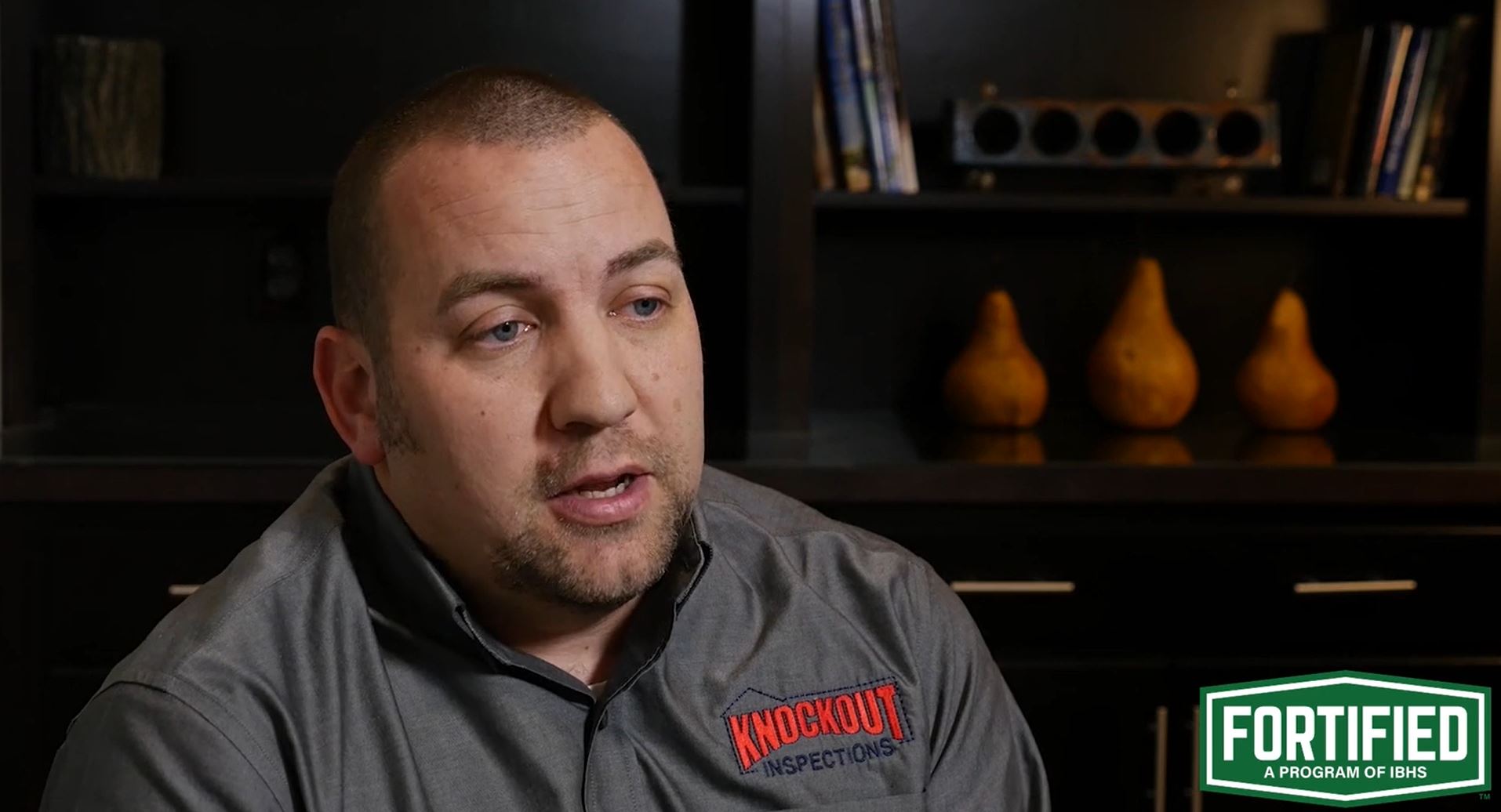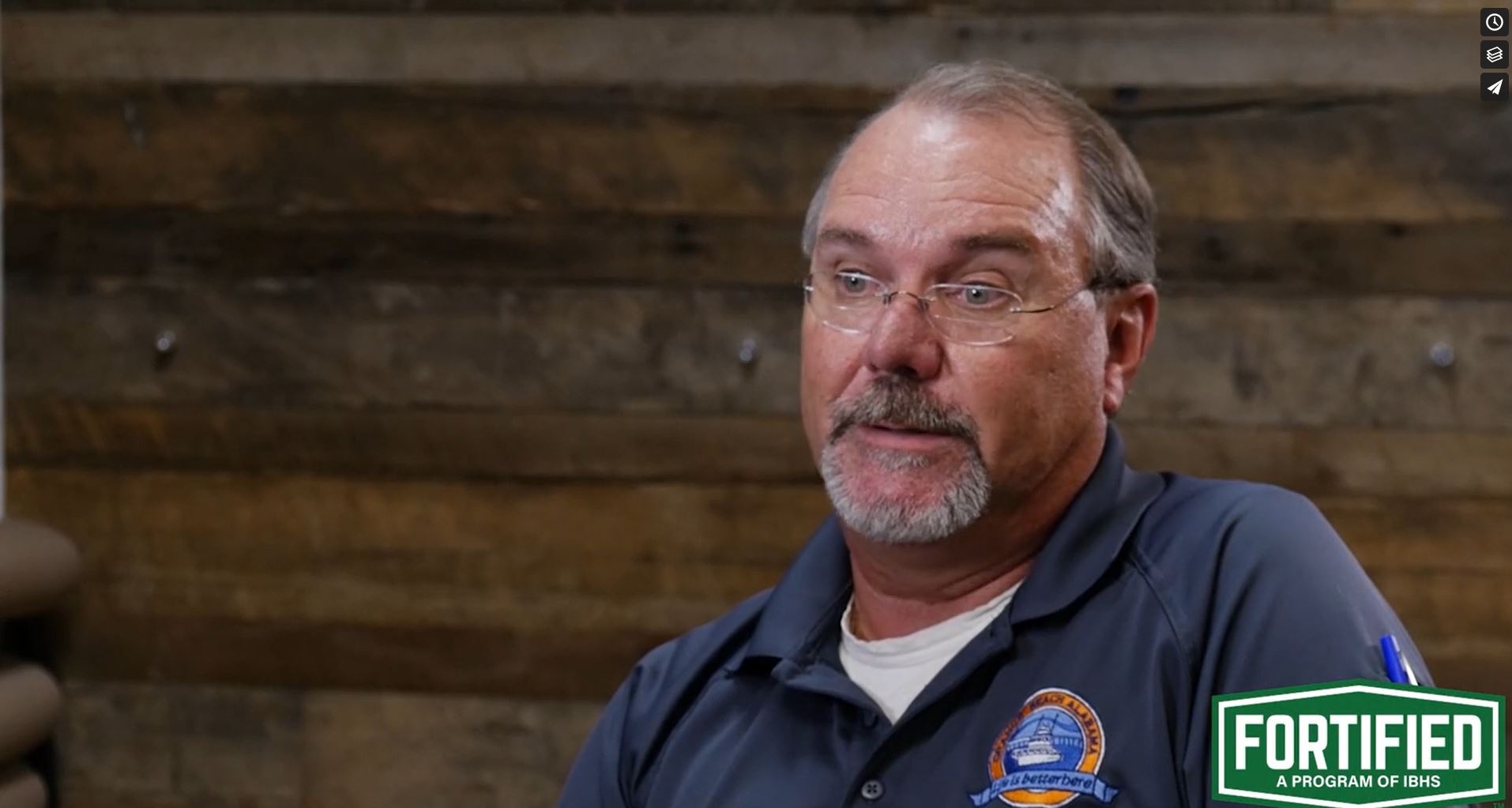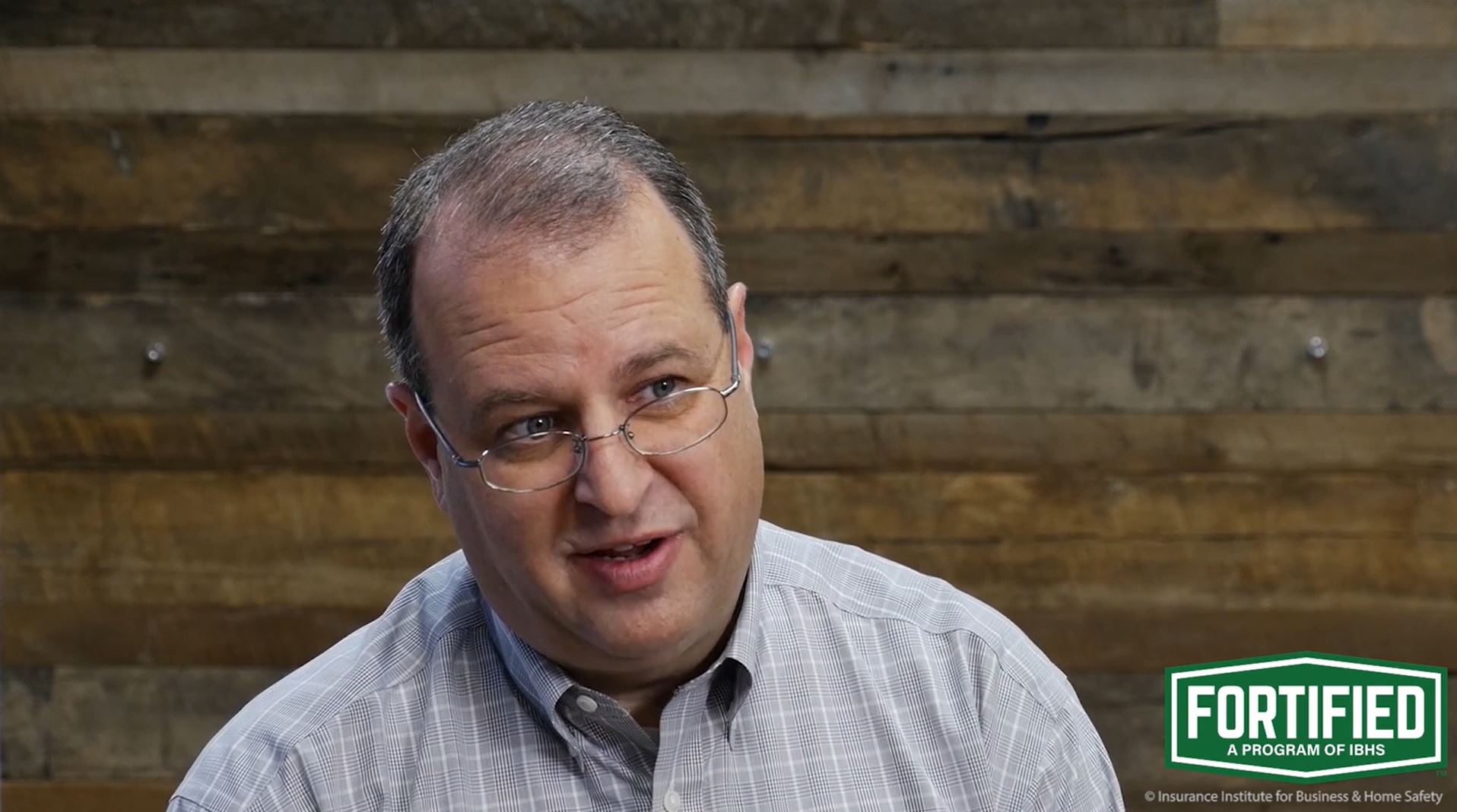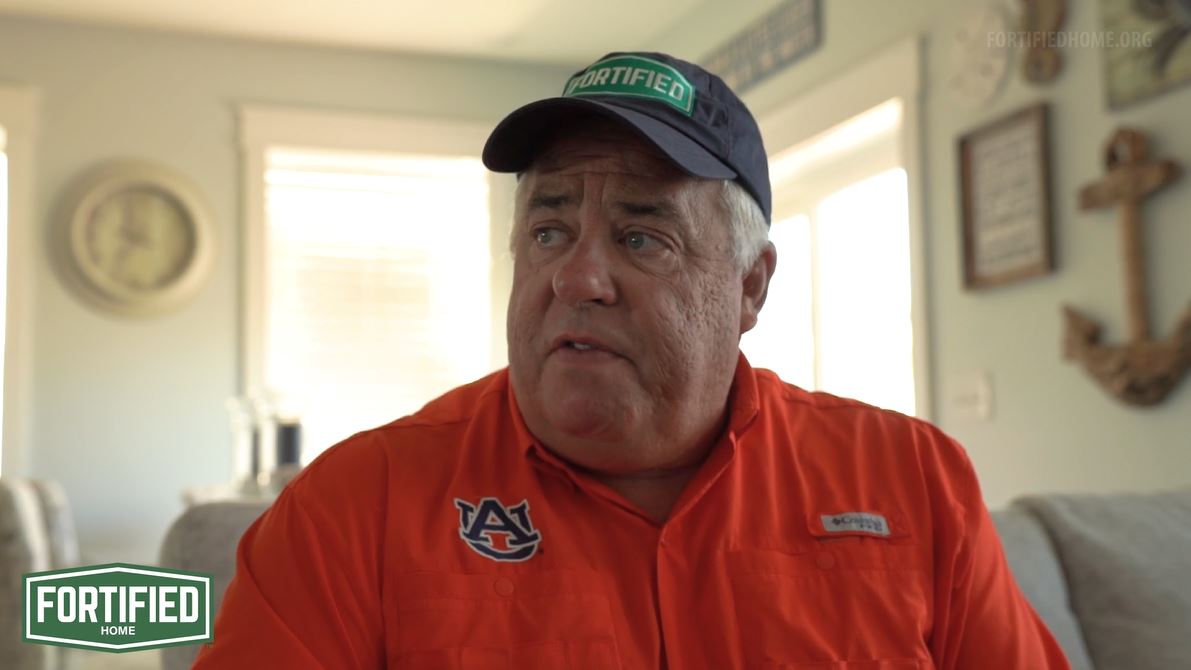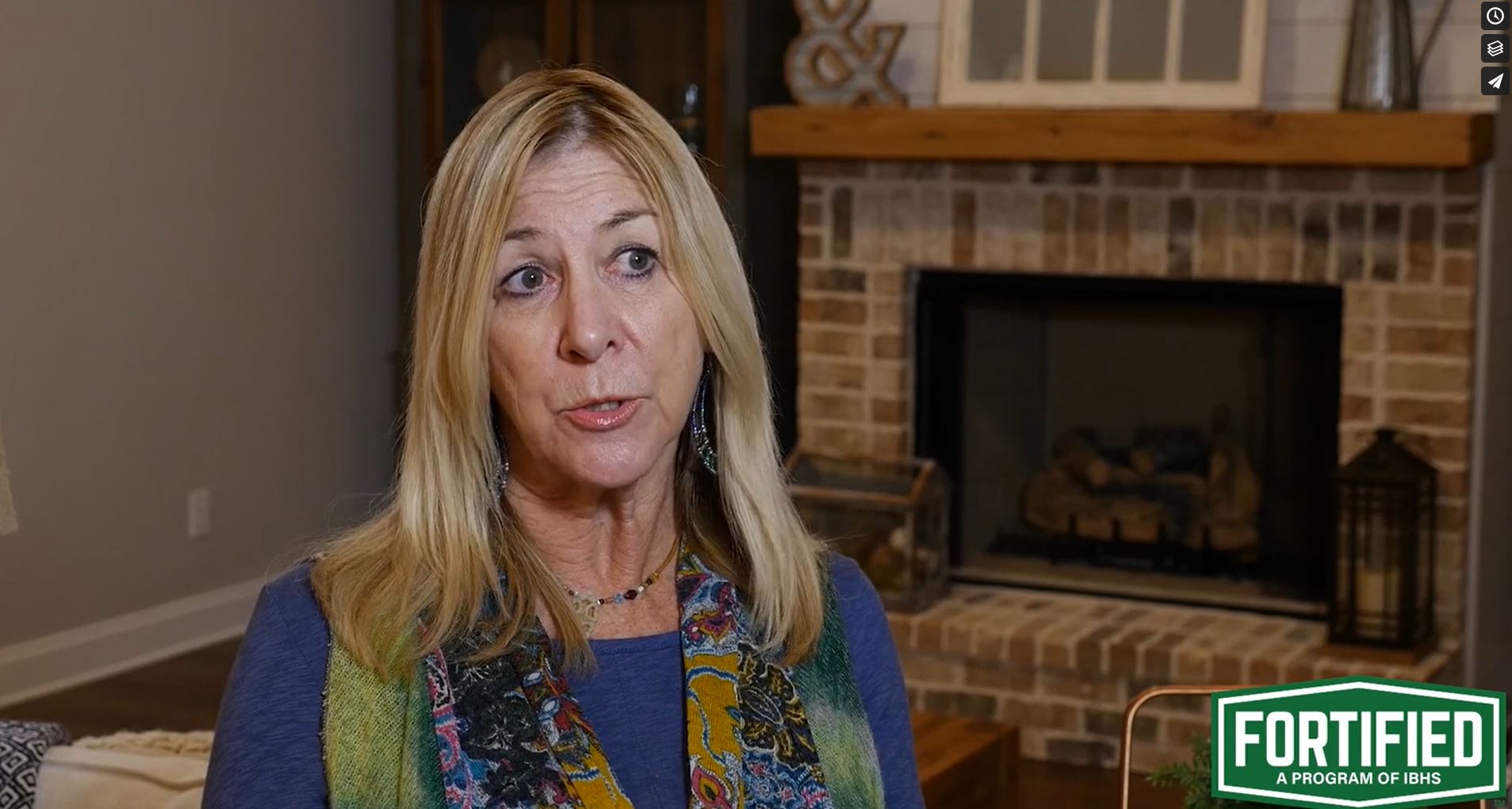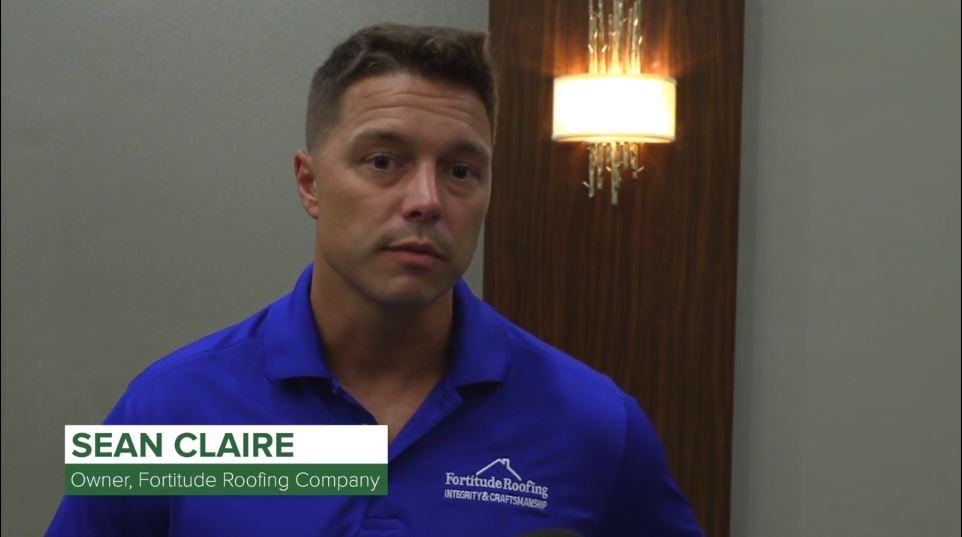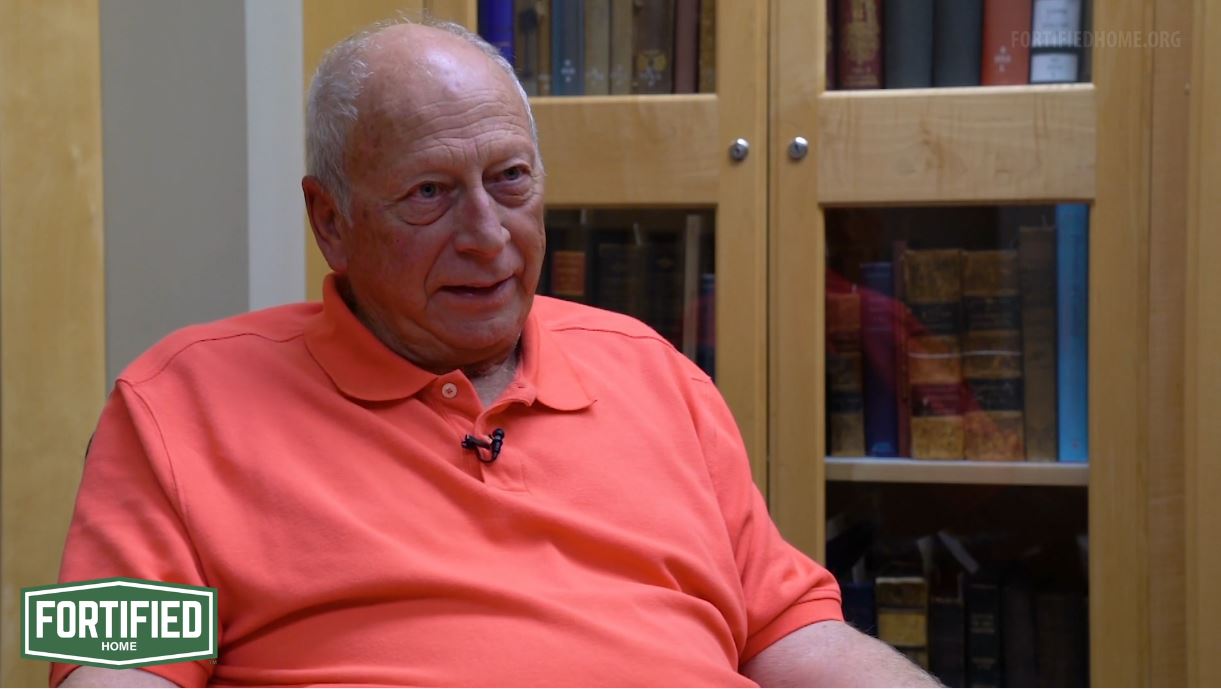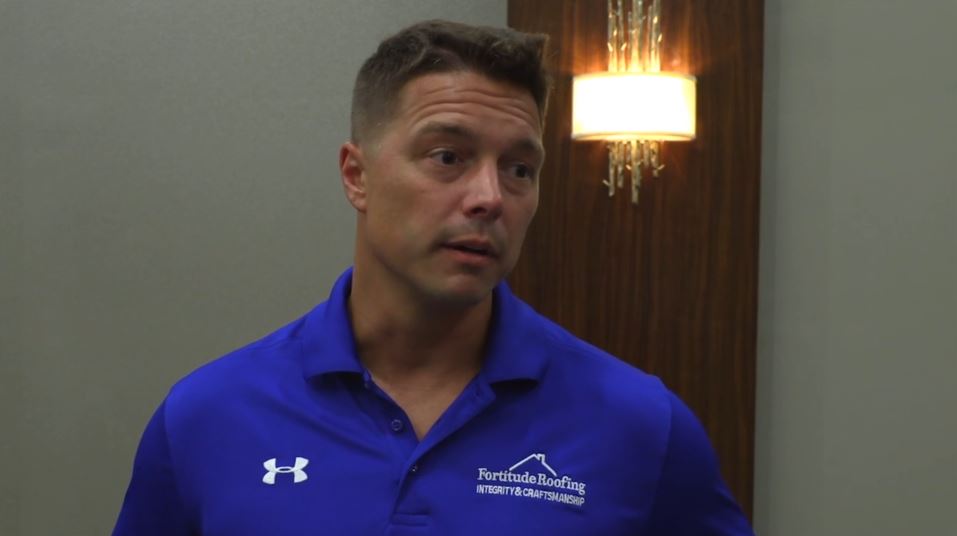Traditional Building Codes leave your home vulnerable
Building codes establish the minimum construction standards required to ensure the safety of those inside a home. Any reputable contractor will build your home or install your roof according to your local building code. However, even in areas where the most up-to-date codes are adopted and enforced, your home can be stronger. By choosing FORTIFIED, you are getting protection that goes beyond even the strictest code*
Hear from homeowners who took the steps to implement the FORTIFIED standard
Every year, communities are impacted by severe weather. See how homeowners who wanted protection that goes beyond building codes used the FORTIFIED program to get peace of mind when storms hit.
The FORTIFIED Program at a Glance
FORTIFIED is a voluntary construction and re-roofing program designed to strengthen homes and commercial buildings against severe weather such as high winds, hail, hurricanes, and even tornadoes.
FORTIFIED HOME OFFERS THREE WAYS TO STRENGTHEN
AND PROTECT YOUR NEW OR EXISTING HOME:
Free access to the resilient construction standard, which is based on decades of scientific research by the Insurance Institute for Business & Home Safety.
A network of contractors trained to provide the right upgrades to protect your home from the type of severe weather events it faces each year
Third-party verification that the upgraded construction materials and installation methods used on your home meet the standards required for a FORTIFIED designation certificate.
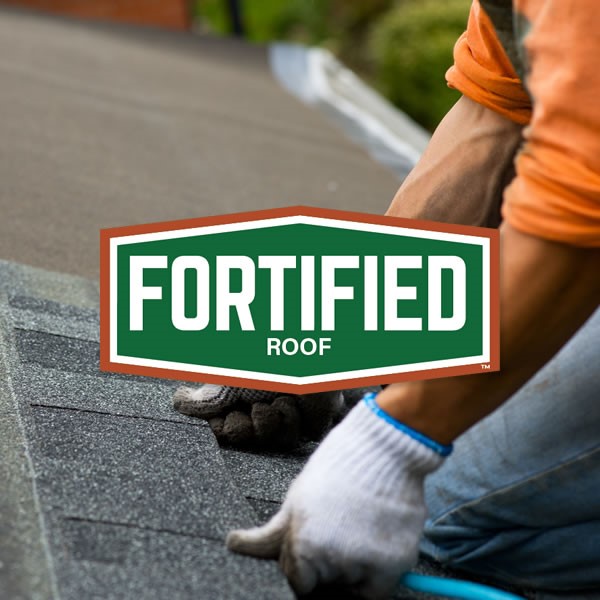
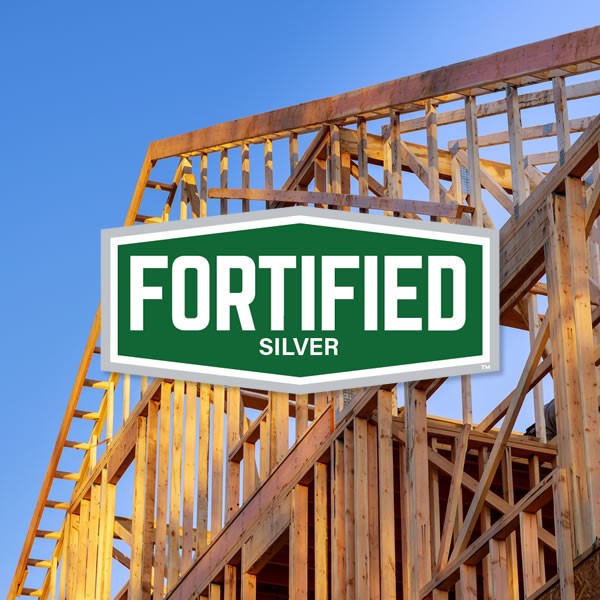
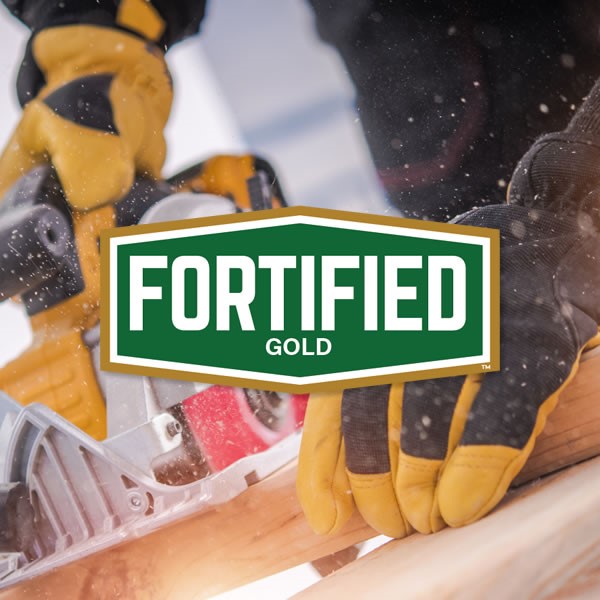
Not sure which FORTIFIED solution is right for you?
Take the short self-assessment quiz to start down the most appropriate path or contact a local FORTIFIED service provider who can help you take the first step towards a stronger home.
First, tell us a little about the condition of your roof.
My roof...
Has been damaged by a storm
Is showing signs of aging
Is in good condition
I'm not sure
We’re sorry to hear that you’ve had to experience the damage and disruption caused by severe weather.
You're not alone!
In 2020, there were 30 named tropical systems, more than 1000 confirmed tornadoes, and a derecho that became the costliest thunderstorm in US history. Collectively, these severe weather events caused approximately $100 billion in damage, and IBHS post-storm studies generally show that between 70% and 90% of related insurance claims include damage to the roof. But don’t worry, you’ve come to the right place. We can connect you to a FORTIFIED professional who will help you get a new roof that can stand up to the next storm. But, first we need just a little more information.
But don’t worry, you’re in the right place. We can put you in touch with a FORTIFIED building professional near you. But first, we need a little more information. Start Over Continue
To connect you, we'll need to know where your home is located. Please enter your Zip Code below.
Go BackNot only can we connect you to FORTIFIED Service Providers who work in your area, we may be able to point out incentives available in your state that can help save you money.
Enter your email, and we’ll send your personalized “Get FORTIFIED” packet, including a list of FORTIFIED-trained roofers and evaluators in your area.
“Get FORTIFIED” packet includes:
- Directory of Professionals in your area
- Financial incentives available in your state
- Storm Recovery Checklist
- Seven Questions You Should Absolutely Ask Your Roofer
That’s great to hear!
Did you know that even if your roof cover (shingles, metal or tiles) is in good condition, there are steps you can take to get the next level protection FORTIFIED provides? If you live in North Carolina or Alabama, there are even programs that can help pay for the upgrade.
Lucky You! is a leader in resilient construction and you may be able to take advantage of some of the following:
Offers significant incentives!
- Mitigation Grants - Funds may be available to help you make your home more resilient.
- FORTIFIED Endorsements - Your insurer may offer add-on coverage which will pay to upgrade your roof to the FORTIFIED standard, if it is being replaced due to a covered loss.
- Insurance Discounts - Insurers in your area offer discounts on homeowners insurance premiums for homes with a FORTIFIED designation.
Also, since your roof is in good shape, you might prefer to address other vulnerable areas of your home. Enter your email, and we’ll send your personalized “Get FORTIFIED” packet.
Your “Get FORTIFIED” packet will include:
- Financial incentives available in your state
- A sample of insurance discounts offered in your area
- The Next Line of Defense: 5 Parts of Your Home to Reinforce Before the Next Storm
Although North Carolina and Alabama lead the way in FORTIFIED and resiliency incentives, you may still have some available to you.
For example, your insurer may offer a discounts for FORTIFIED designations or for some of the key elements included in the standard (e.g. window protection, impact-resistant shingles, or hurricane straps).
Also, since your roof is in good shape, you might prefer to address other vulnerable areas of your home.
Enter your email and zip code, and we’ll send your personalized “Get FORTIFIED” packet.
Your “Get FORTIFIED” packet will include:
- Financial incentives available in your state
- A sample of insurance discounts offered in your area
- The Next Line of Defense: 5 Parts of Your Home to Reinforce Before the Next Storm
Did you know that roofs may need to be replaced every 15 – 20 years, and depending on what type of weather conditions it’s faced, that number could be even lower?
The urgency of roof replacement depends on the condition of your roof. Let’s see how your roof is showing its age.
Start Over
Continue
You’re in the right place. We want to help you determine if now might be the time to replace your roof.
When you look at your roof, do you see any of these conditions:
OR
Are there Water stains on the ceiling of the uppermost level of your home?Looks like it may be time to replace your roof.
Depending on where your home is located, it may be better to replace it sooner rather than later. As your home’s first line of defense, your roofing system prevents water from entering your home and causing a cascade of damage.
Enter your email and zip code, and we will connect you to a FORTIFIED professional in your area who can inspect your roof and help you determine if it does need to be replaced.
We’ll also send you important information on how to get started on your roof replacement and some preventative measures you can take to protect your home until them.
Thank you using this self-assessment tool.
An email will be sent shortly.
* Please be sure to check your spam/junk email filter.
Stay In The Know
Do you want to keep up with the latest resiliency research? Would you like timely tips and reminders to keep your home safe from Mother Nature? Are you interested in the science behind the FORTIFIED standard? Then sign up for the FORTIFIED Update, today!

